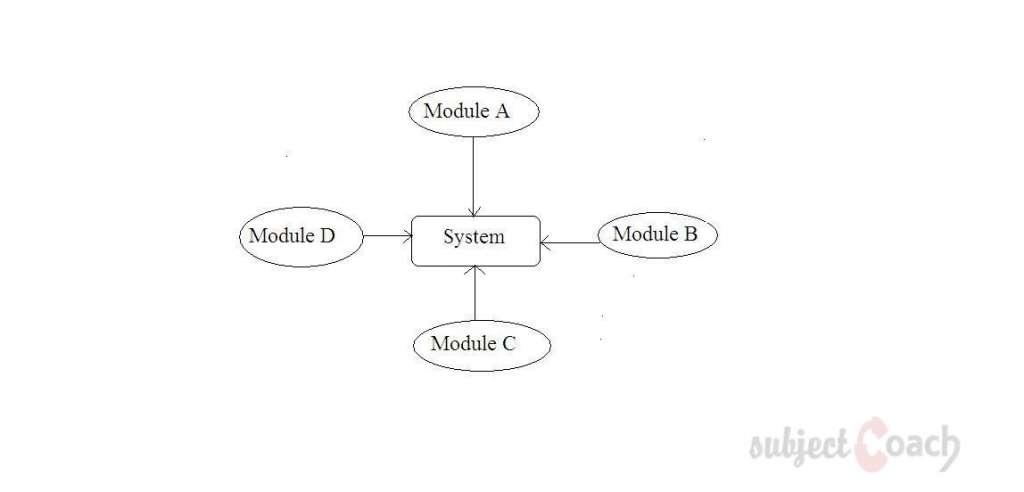Tester's dictionary [A-H] | Software testing terms as used inside the Industry
Chapters
Software Terms starting with B
Backward Compatibility Testing
Backward compatibility Testing is to verify the behavior of the developed hardware/software with the older versions of the hardware/software.
Eg:-
If your application is designed for Windows 8, it's expected to work in XP. Same may not be possible with Win 98. Testing the application against Win XP(could be positive) and against Win XP(could be negative).
Baseline Artifacts
Base Lining is the very important process in the Configuration Management. A software product or specifications that has been formally agreed upon or reviewed that thereafter serves as the basis for further developments and that can be changed only by a formal change control processes.
Baselining all the test artifacts is part of the configuration management process. The following items are base lined during a Software Test Life cycle:
- Test Plan Document
- Test Strategy Document
- Test Case Document
Basis Path Testing
Basis Path Testing is a white box testing technique. This enables to measure the logical complexity of the procedure to find the execution path. The method analyzes the control flow graph of a program to find a set of linearly independent paths of execution. Basis path testing guarantees complete branch coverage.
Basis Test Set
Set of test scripts derived from the internal structure of a component or specification intended to persuade the 100% achievement of specified criteria covering.
Bebugging
The process of adding known defects intentionally in to the already existing component or system for the need of tracking and monitoring the rate of removal or detection and estimating remaining defects.
Behavior Testing
It is way of testing the external behaviors of the programs also known as black box testing.
Benchmark Testing
The process of load testing is an entire end to end IT systems or components to determine the performances characteristics of the applications. The benchmark test is repeatable in that the performances measurements captured will vary few percent’s each time the test is run. This enables single changes to be made to the applications or infrastructures in an attempt to determine if there are a performances improvements or degradations.
It combine all aspects of security testing’s. An example in case is benchmark testing is firewalls. This requires systems and or user loads combined with security violations concurrently executed against the components to determine its performances benchmarks.
Beta Testing
Beta Testing of products is performed by "real time users" of the software applications in a "real environment" and can be considered as a form of external users acceptance testing. Beta versions of the software’s are released to a limited numbers of end-users of the products to obtain feedback on products quality. Beta testing reduces products failure risks and provides increased quality of the products through customer’s validation. It is the final test before shipping products to the customers.
Big Bang Testing
Big Bang integrations testing all components or modules are integrated simultaneously after which everything’s is testers as a whole. Big Bang integrations testing all the modules are integrated without performing any integrations testing and it’s executed to know whether all the integrated modules are working fine or not. This approach’s is generally executed by developers who follows the ‘see and Run it’ approach. Because of integrating everything at time if any failures occur then it becomes very difficult for the programmers to know the root causes of failures. In case any bug arises then developers has to detach the integrated modules in order to find the actual cause of the bugs.
Big bang integration testing image:-

In big bang integrations all four modules ‘Module A, Module B, Module C and Module D’ is integrated simultaneously and testing is performed. Hence in this approach no individuals integration testing is performed because of which the chance of critical failures increases.
Binary Portability Testing
It is a testing an executable application, for portability across multiple environments and system platforms, for conformation to an ABI specification.
Black box Testing
It is software testing techniques where functionalities of the software sunders test is tested without looking at the implementation details, internal code structures and knowledge of internal paths of the software’s. This type of testing is based entirely on the software specifications and requirements.
Bottom UpTesting
An integration testing technique that tests the low-level components first using test drivers for those components that have not yet been developed to call the low-level components for test.
Boundary Testing
Test is a black box test design techniques which focus on limit or boundary conditions of the software’s being tested.
Branch Testing
A test method which aims to ensure that each possible branch from each decision point (e.g. "if" statement) is executed at least once, thus ensuring that all reachable code is executed.
Breadth Testing
Test suites that exercise the full functionality of products but does not test features in details.
Bug
A computer bug is a flaw, error, failure, mistake or fault in computer programs that prevents it from working correctly or produces an incorrect result. Bugs arise from made by people, mistakes and errors in either a program’s source codes or its designs.
Build Validation
Build Verification or Build Validation is a set of tests that are executed on a new builds to verify that build is testable before the build is released to independent testing teams.
Description
This tutorial was written, keeping in mind to teach students about common terms used in Software testing, This is part 1 of the series, Covering Alphabets A-H,
If we made a mistake somewhere or you find any gramatical issues please let us know
Author: Subject Coach
Added on: 17th Feb 2015
You must be logged in as Student to ask a Question.
None just yet!